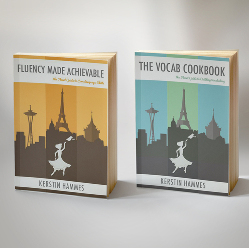Please read the article at your natural speed. Thank you!
(Source: https://dictionaryblog.cambridge.org/2015/07/15/how-to-use-apostrophes/)
How to use apostrophes (‘)
By Liz Walter
Using apostrophes in the wrong way is one of the most common punctuation errors for native speakers of English as well as for learners.
If you remember these three simple rules, you will avoid mistakes:
1) We use apostrophes to show who something belongs to, e.g. This is Tom’s hat.
2) We also use them for contracted forms, to show that something is missing, e.g. It’s raining.
3) We do not use them for plurals! If you are in an English-speaking country, you will see many signs in shops and cafés advertising ‘tomato’s’, ‘pizza’s’, ‘sandwich’s’, etc. This is incorrect, and you will lose marks if you do this in an English exam!
These are the main rules to remember, but here is a little more detail:
We usually add ‘s to singular words to show who or what something belongs to: my mum’s car, the dog’s tail, Harry’s school.
We also add ‘s to plural words that don’t end in ‘s’: women’s books, people’s opinions.
For plurals that do end in ‘s’, we simply put an apostrophe at the end of the word: the animals’ owner, my parents’ house.
For singular words ending in ‘s’, you can add either ‘s or – for more formal writing – just the apostrophe: Tess’s phone number, Ben Holmes’s friend, Dickens’ novels.
We often use apostrophes at the end of the names of jobs when we are talking about the place where they work: go to the doctor’s, the greengrocer’s.
In contracted forms, the apostrophe shows where one or more letters has been left out. For example, I’d can mean I had or I would, and they’re means they are. These forms are not suitable for very formal writing, where it is better to write the words in full.
Another very common contraction is n’t, which is short for ‘not’ and is used to make negative words such as isn’t, wouldn’t, and haven’t.
Finally, there are two words which probably cause more problems with apostrophes than any others: it’s and who’s. These are contractions and are short for it/who is or it/who has:
+ It’s very cold in here.
+ It’s been a long time since we met.
+ Who’s coming to the park?
+ Who’s got the camera?
For talking about possession, we use its and whose:
+ Look at that chair – its leg has broken.
+ Whose shoes are these?
Apostrophes may look complicated, but really the rules about their use are quite simple, so I hope this blog has made them clearer. Do leave a comment if you would like help with any other aspect of punctuation, grammar or vocabulary.


Thank you so much, M.s. Erin Gibbons!